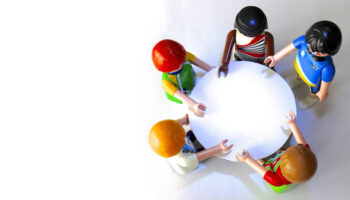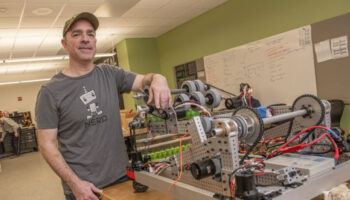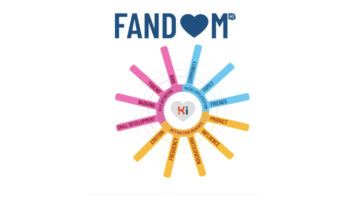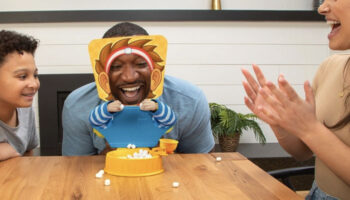Beasts of Balance Development Diary #2: Finding the fun
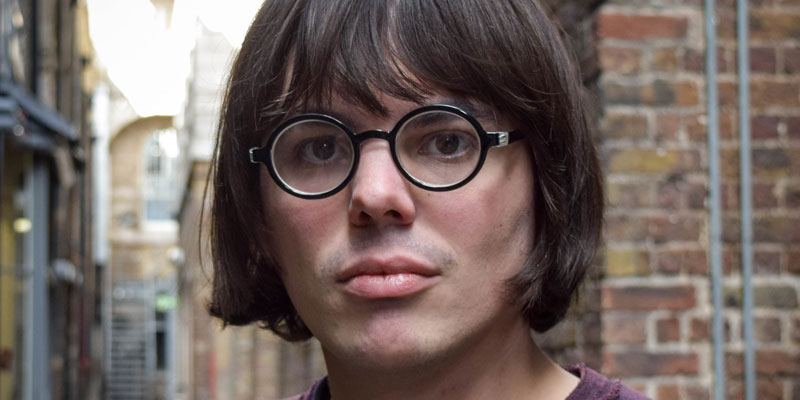
The journey that led to Beasts of Balance started all way back in the misty past of 2015.
That initial team consisted of the core of the development team now: there was Alex Fleetwood, the company founder, with a misty dream of making a game that combined the richness of videogames with the social connection of board games; there was Tim Burrell-Saward (who wrote the previous entry in this column) a physical designer with a fine eye for getting the curves of our beasts just right; Chris Shaw, an engineer who had been working on exciting new contraptions for piloting drones; Lyall McCarthy, an illustrator with a precise, intricate style; and me, George Buckenham, a indie videogame developer with a history in making wild things for exhibitions.
Together we sat down and started tackling the problem from the ground up: how does a computer know if a pile of things has fallen over? And what things are fun to make fall over?
When we started, we assumed that the details of how you stacked things would be a key component in how the mechanics worked. We started investigating intricate computer vision systems, patterns on the sides of irregular shapes that could match up with each other… but we already knew we wanted to make a game that people could buy and have in their homes, so we knew it needed to be cheap and reliable. Which, sadly, computer vision has not quite achieved yet.
So we started paring back the information we were using, until all we knew about the tower is what thing was currently getting stacked (via an implanted RFID chip), and the total weight of all the stacked things (via a load cell in the base). As we reduced the inputs available to the game, we found the mechanics became clearer and simpler, too.
We always knew we wanted to make a game about animals, a game about ecosystems and “balance” (I strongly advocate for pun-based game design, by the way).
We were making a competitive game, a head to head game for two players about messing with food-chains.
We wanted to add depth and strategy, and we wanted lots of interesting shapes for players to stack.
So we worked away, solving many problems along the way, and sent Alex off to GDC 2016 with a heavy case filled with an intricate, rich, stacking game with 48 unique pieces. And people liked it! They had fun playing it, and it was clearly new and fresh and exciting. We returned from the conference, happy and ready to commit to turning this prototype into a commercial, polished project.
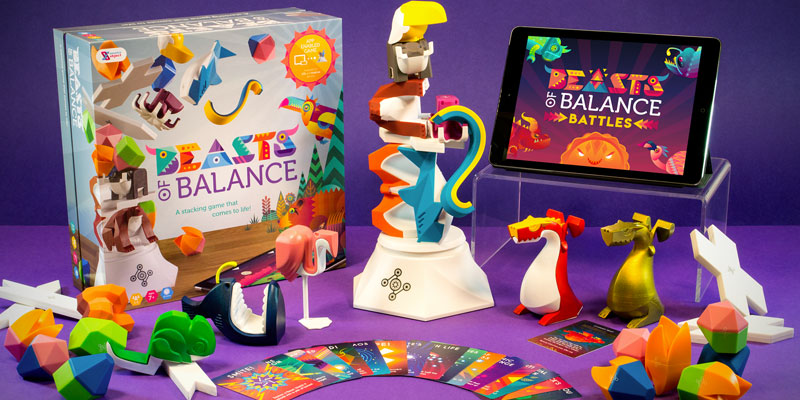
Fast forward to that autumn – we were iterating on the design, smoothing out the rough edges and trying to make the game comprehensible. We knew there was fun there, somewhere – we had fun when we played. But, we were having a hard time convincing new players of that fun.
I clearly remember one particular moment, demoing the game at a party, when I started explaining the game to a (somewhat inebriated) girl, and she, with the honesty of alcohol, straight-up asked me “but why is it so complicated”? I’m sure I gave her a good answer, but I don’t think it convinced her… and it didn’t really convince me, either.
So we scrapped the whole design. Pretty much, anyway – we took out most of the complicated pieces, opened it up so it was a collaborative experience for a fluid number of players, took out all the complicated rules about cascading effects of food chains and focused on the stuff that players had responded to – making weird hybrid beasts and keeping them alive.
We reduced the number of screens down to one and we took out almost all of the interaction with the tablet – we made it simple and straightforward. Again, we found salvation in paring back the design to the small core that had shown itself to be fun and ruthlessly cutting all the clever stuff around it.
There were many challenges over the next year of development – how to indicate to players how the pieces operated, how to make them care about the beasts they were creating (even: how do we make these mutant hybrids without killing ourselves making hundred of unique designs – or rather, killing Lyall).
And of course, there was the always-exciting challenge of raising money on Kickstarter and telling the world at large about the cool thing we were making. But from this point on, we had found the fun, and were able to focus on the easier task of not losing it again, and not hiding it with other details.
So that’s the story of how the design of Beasts of Balance came to be. We launched last November, and we’ve had a great response. And since launch, we’ve kept busy – we’ve just finished a second Kickstarter campaign, where we’ve recovered a few of the ideas we lost along the way, and added some new ones informed by the lessons we learned over the past year or two of watching people play the game and discussing ideas with our fans.
So watch out for next year, when a competitive version of Beasts of Balance will finally be unleashed upon the world!
George Buckenham is lead programmer at Sensible Object.


